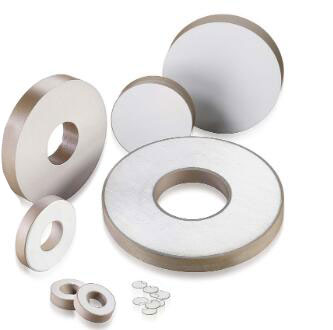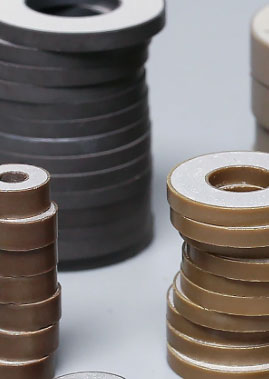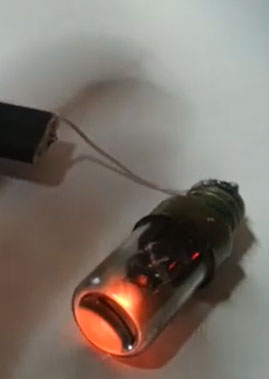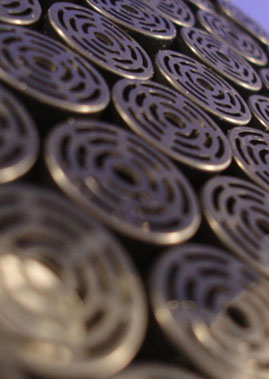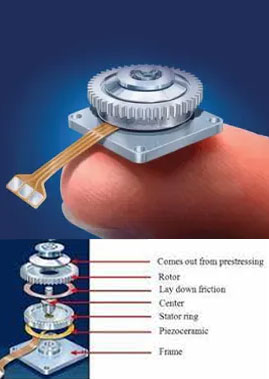2. Piezoelectric transformer
A piezoelectric transformer is prepared by utilizing the characteristic of converting electrical and mechanical energy through the piezoelectric effect. It consists of two parts: the input end and the output end, with their polarization directions perpendicular to each other. The input terminal polarizes along the thickness direction and undergoes longitudinal vibration after applying alternating voltage. Due to the reverse piezoelectric effect, there will be a high voltage output at the output terminal.
Piezoelectric ceramic transformer is a new type of solid-state electronic device. Compared with traditional electromagnetic transformers, it has the advantages of simple structure, small volume, light weight, large transformer ratio, good stability, no electromagnetic interference and noise, high efficiency, high energy density, high safety, no winding, non combustible, no magnetic leakage phenomenon, and electromagnetic radiation pollution.
According to the working modes of piezoelectric ceramic transformers, they can be divided into the following categories: Rosen type piezoelectric ceramic transformers, thickness vibration mode piezoelectric ceramic transformers, radial vibration mode piezoelectric ceramic transformers, etc.
In recent years, some piezoelectric transformers with better performance have emerged, such as Rosen type piezoelectric ceramic transformers with three-order vibration modes at two input terminals and high-power multi-layer piezoelectric ceramic transformers. At present, piezoelectric ceramic transformers are mainly used in power devices such as AC-DC and DC-DC, as well as high-voltage generating devices, such as cold cathode tubes, neon tubes, laser tubes and small X-ray tubes in liquid crystal displays, high-voltage electrostatic spraying, high-voltage electrostatic flocking, and driving radar display tubes.



